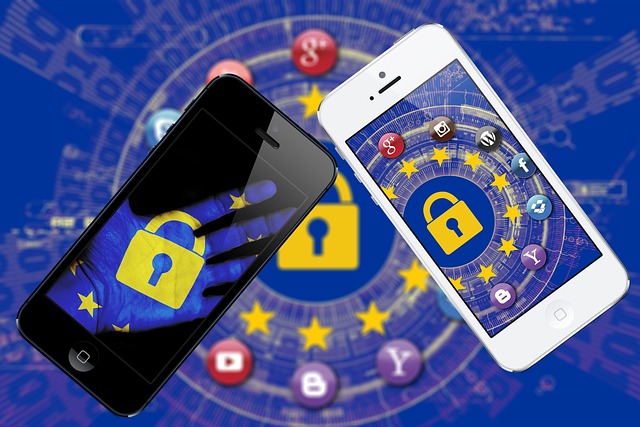In today’s fast-paced digital age, the phenomenon of internet addiction has morphed from an individual struggle into a communal challenge influencing social trends and technology etiquette. As screens become integral to our lives, many find themselves trapped in a cycle of compulsive online engagement, leading to a dramatic shift in how we interact, communicate, and build relationships within our communities.
The pervasive nature of internet addiction primarily manifests in our social gatherings. Once characterized by face-to-face conversations and shared experiences, these events now often see attendees glued to their smartphones, scrolling through social media feeds instead of engaging with one another. This shift has led to a growing concern among community leaders who recognize the need for strategies to cultivate healthier technology etiquette.
Incorporating technology etiquette into our lives doesn’t imply renouncing our devices; rather, it encourages mindful usage. Community workshops and seminars can foster discussions on setting boundaries around internet use, especially during social occasions. Encouraging the practice of ‘phone-free zones’ during gatherings might help participants reconnect with the essence of human interaction. Imagine a family dinner where, instead of checking notifications, everyone shares stories, laughs, and creates memories together—this is the essence of community.
Interestingly, the impact of internet addiction extends beyond personal interactions; it also influences social trends. With the rise of digital platforms, the way we perceive relationships, status, and even community involvement has evolved. The advent of social media has created a new currency: likes, shares, and follows. While these metrics can help foster connections, they also risk fostering superficial relationships, as the depth of genuine connection is often sacrificed for the allure of virtual validation. Communities must find ways to encourage authentic engagement over mere online presence.
Moreover, the diverse realm of online interaction can lead to both positive and negative behaviors within communities. Some individuals thrive in online support groups where they connect with others facing similar issues, fostering a sense of belonging that transcends geographical boundaries. Yet, this same environment can lead to isolation and exclusion for individuals who struggle with the addiction itself, highlighting the dual-edged sword of digital engagement.
As we navigate through these challenges, it’s crucial for communities to advocate for digital wellness. Engaging in friendly dialogues around internet use not only mitigates the adverse effects of internet addiction but also strengthens communal bonds. Many communities are already introducing initiatives aimed at promoting a balanced lifestyle that integrates the benefits of technology without succumbing to its pitfalls. From digital detox camps to family-oriented tech break weekends, such efforts aim to reclaim time spent online and transform it into valuable, real-world interactions.
Ultimately, understanding the effects of internet addiction on community dynamics opens up pathways to foster healthier social trends. Together, we can create a culture that prioritizes meaningful connections and embraces technology in a positive light. By advocating for responsible use and engaging in discussions regarding technology etiquette, we can build communities that thrive on authentic relationships rather than digital facades.




